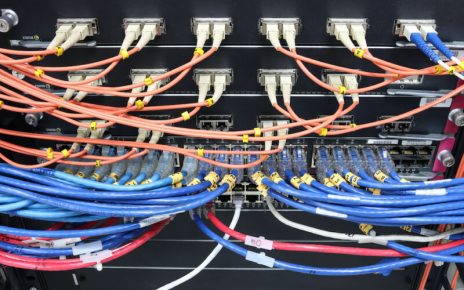
Enlarge (credit: Getty Images | acilo)
Some broadband users who qualify for the government’s new $50-per-month subsidies haven’t been able to obtain the discounts because of technical problems in the Federal Communications Commission’s rollout of the program.
The problems appear to stem from the FCC’s National Verifier and how the broadband providers’ systems interact with the FCC database, as detailed in an article published by Protocol today. Small mismatches between entries in databases—such as having an address recorded as Elm St. in an ISP’s system and Elm Street in the FCC’s—can cause people’s applications to be rejected.
ISPs may be partly to blame as some collected information in the wrong format despite having received training on how to use the system from the FCC. In hindsight, though, the FCC could have allowed ISPs to use the program without requiring such strict data matching. The Emergency Broadband Benefit (EBB) was rolled out quickly relative to other government programs because of the pressing need to get subsidies to consumers, and the FCC hasn’t been able to fully stamp out this problem in the month since the program began.





